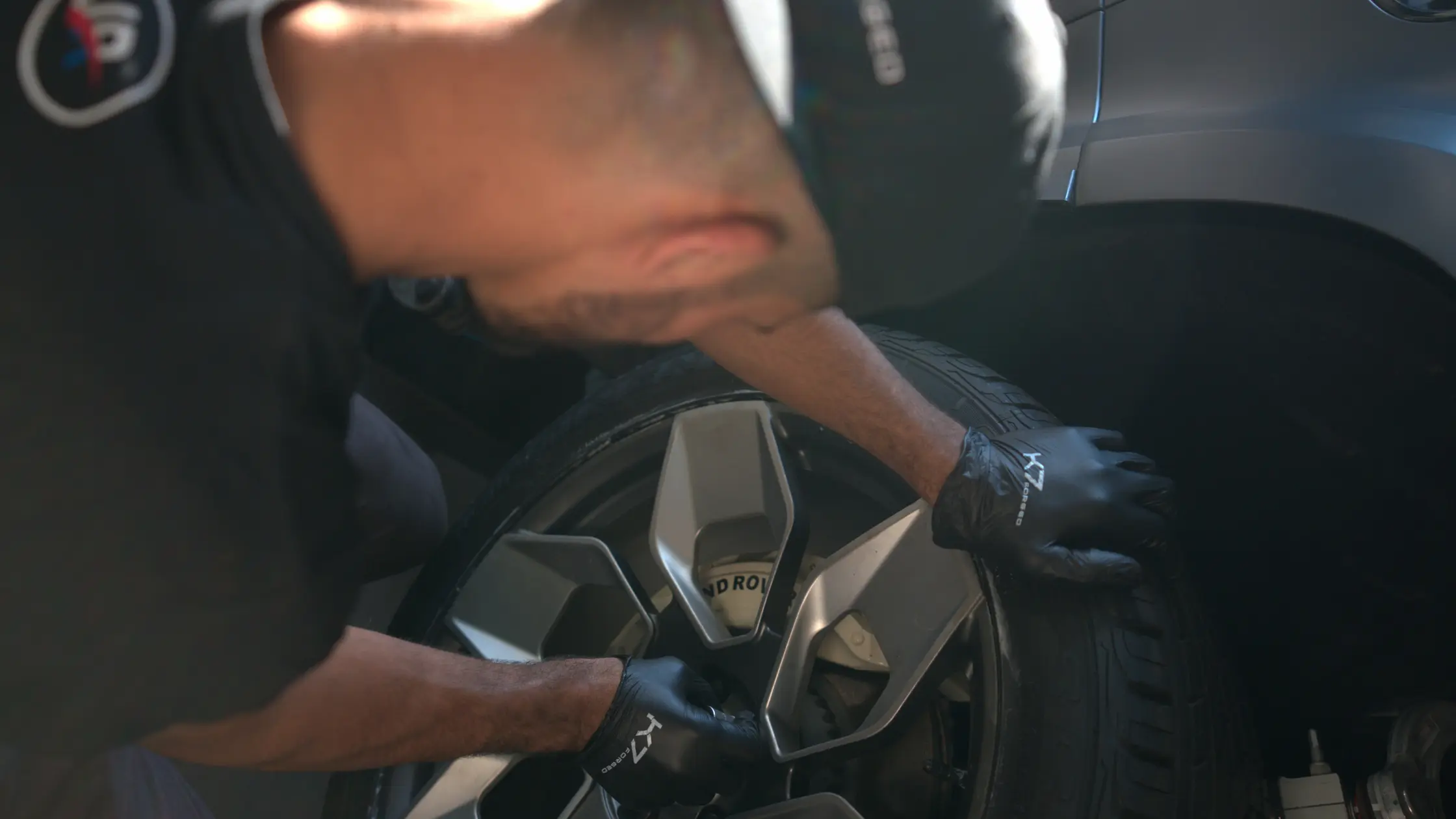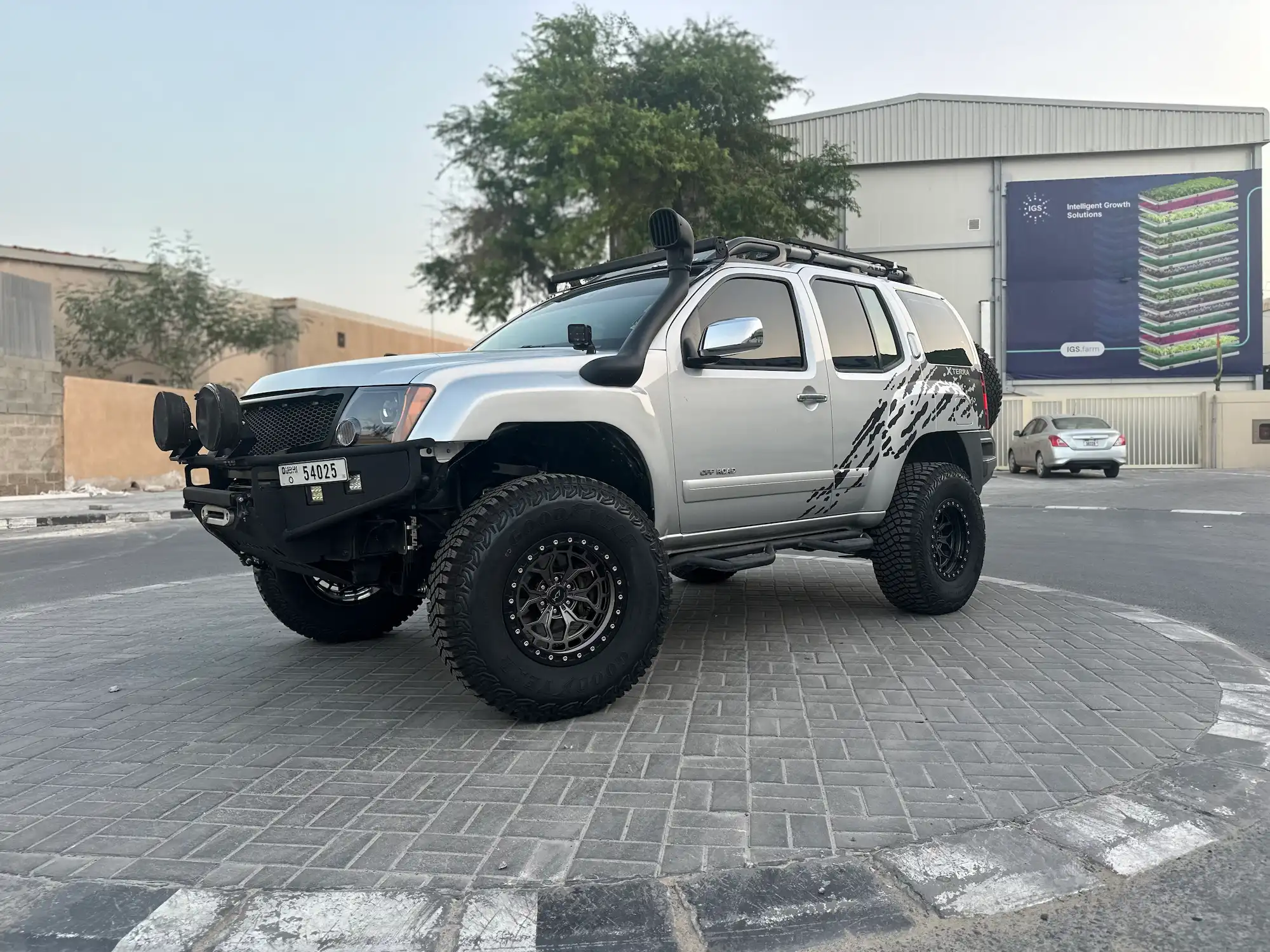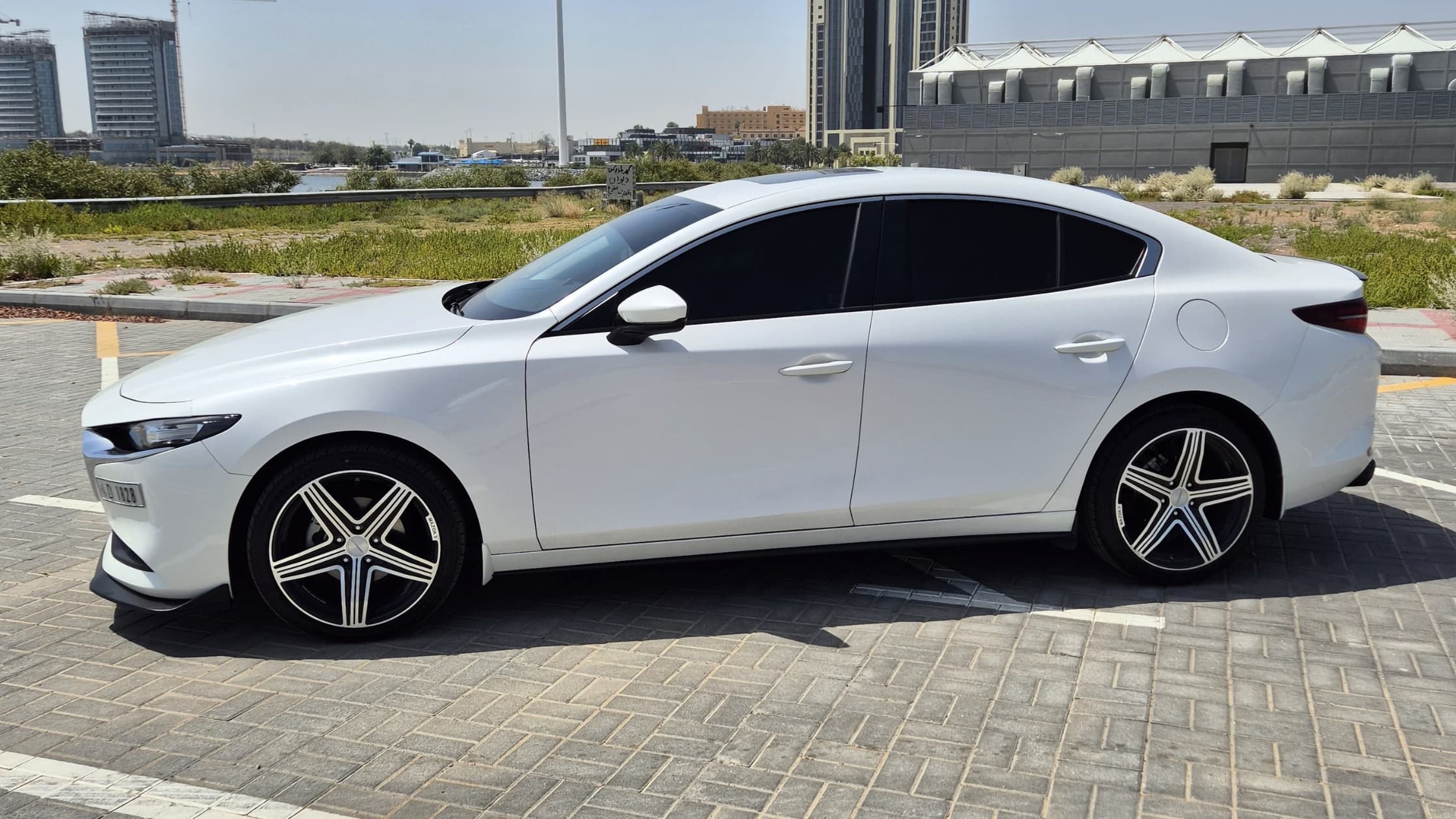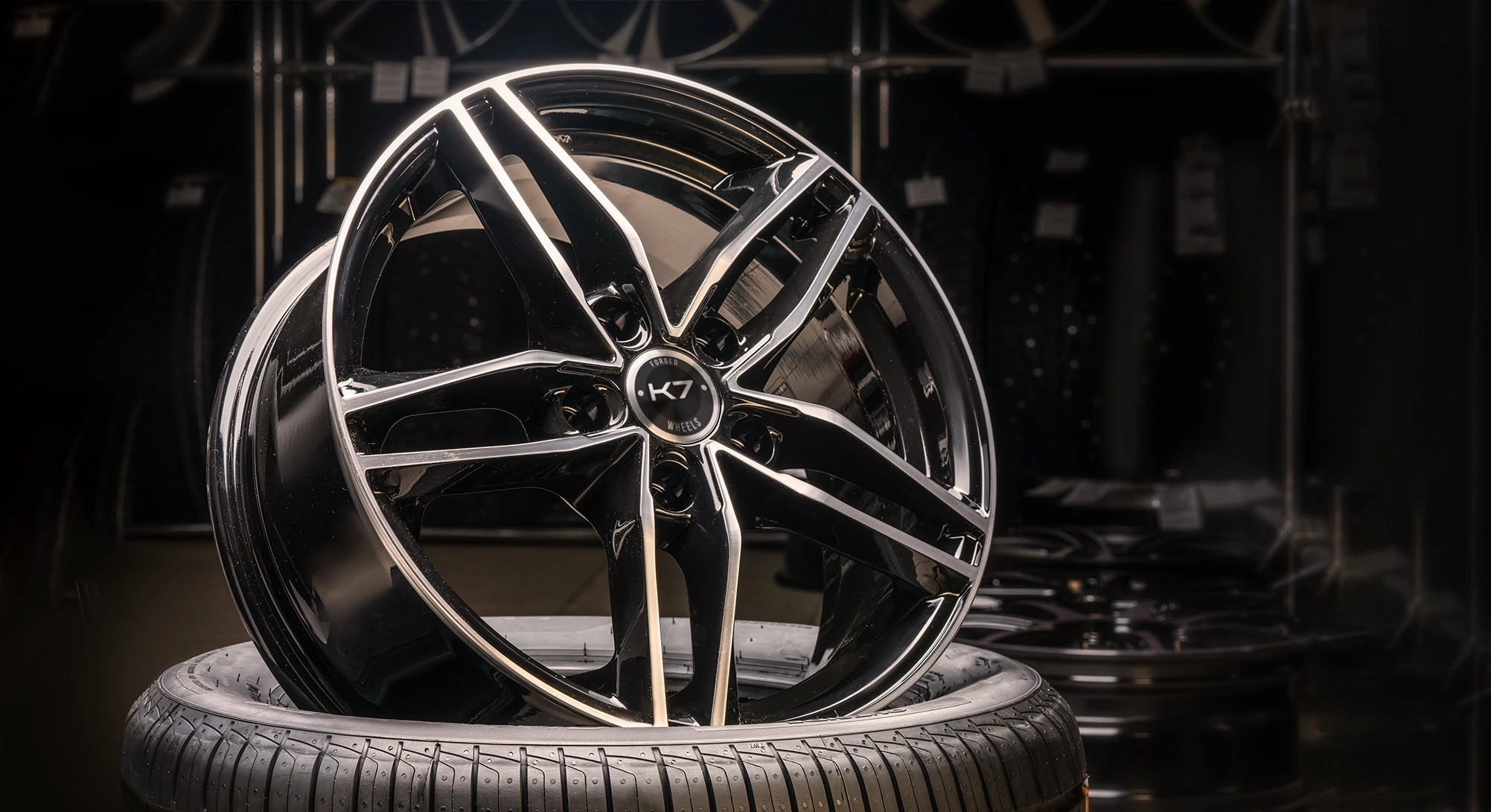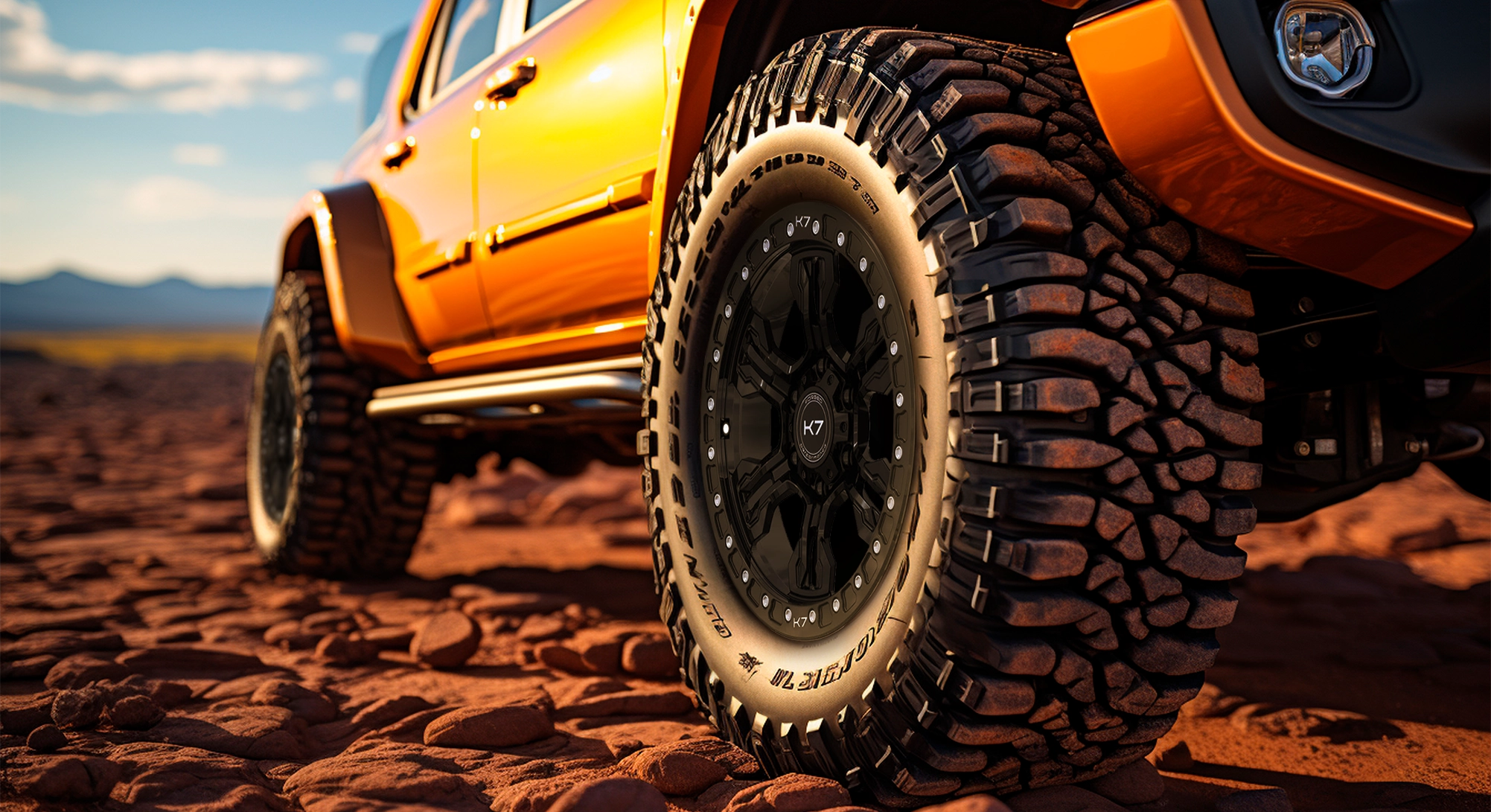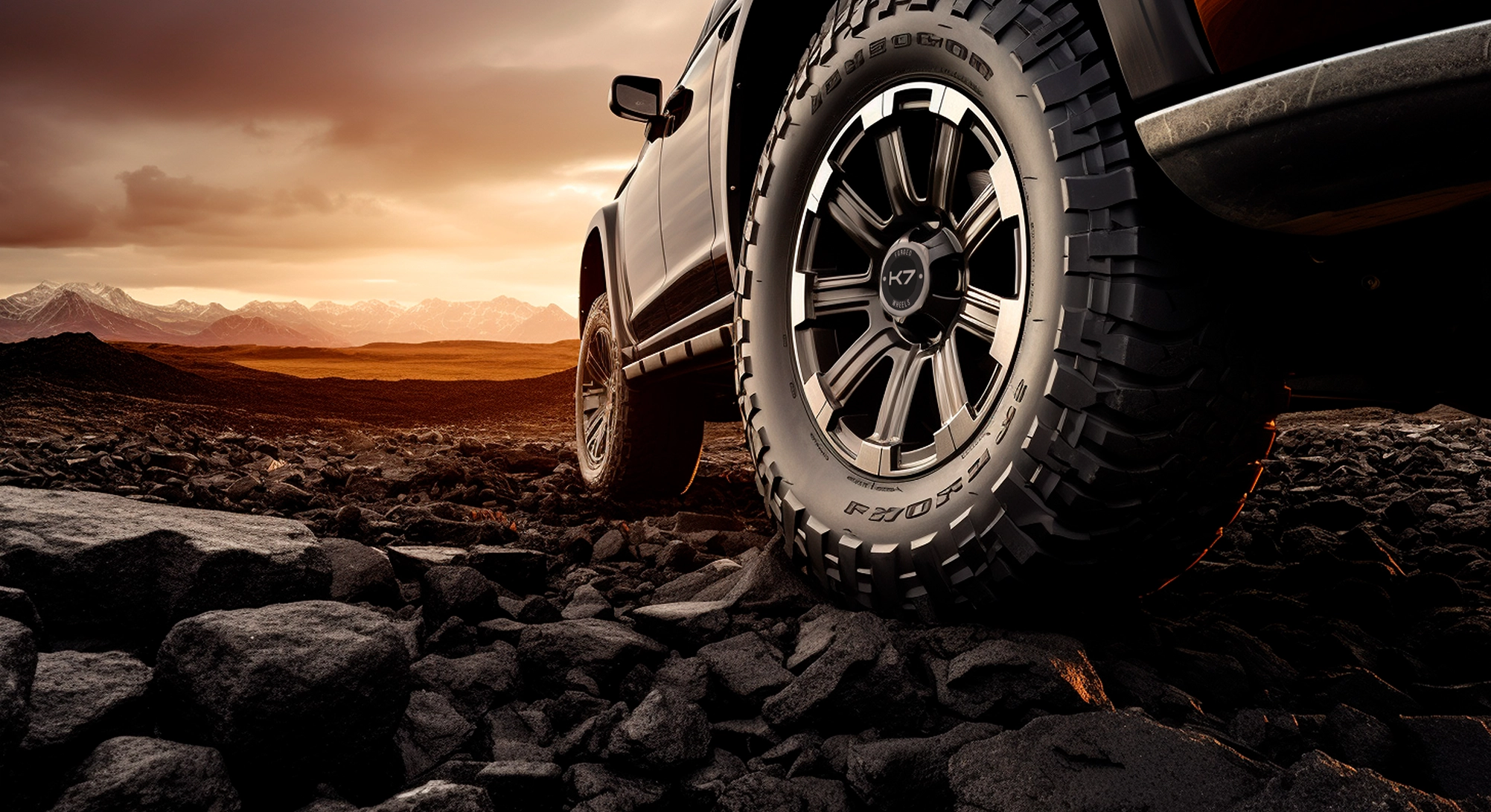If you’re keen on drag and track racing, you already know that the wheels in your high-performance car can make a difference between dominating and getting left in the desert dust. The numbers surely don’t lie: just half a kilogram of weight reduction from a rotating wheel translates to a performance boost similar to removing 3 kilograms from the car’s overall weight. That’s the dramatic difference wheels play in maximizing speed and handling during a race.
While both drag and track racing are rooted in motorsports, they demand different disciplines for the racers. Drag racers fancy raw power and burning acceleration to seize the quarter-mile in record time. Track racers, on the other hand, prioritize razor-sharp handling and steady grip to conquer the corners and get the fastest lap times.
To meet these drastically different needs, racers need specifically engineered wheels that match their racing style. In this blog, the engineers at K7 Forged give you all the details you need to know about drag racing wheels and track racing wheels.
Drag Racing Wheels – Built for Maximum Power and Acceleration
Meant for pure speed, drag racing is a motorsport where two vehicles compete to reach the finish line first in a straight, quarter-mile (402m) distance. As expected, every millisecond counts here and each component in the car must be engineered for speed, especially the wheels:
Maximizing the Launch: The most important task of drag racing wheels is to get the highest acceleration with the lowest rolling resistance. The lesser the weight of the wheels, the easier it becomes to rotate them; and thus, the quicker the acceleration.
Key Features of Drag Racing Wheels:
- Lightweight Construction: Wheels for drag racing are typically made from aerospace grade forged aluminium 6061-T6 or lightweight alloys for the best strength-to-weight ratios. Low weight and decent rigidity allow for quicker acceleration without compromising safety.
- Wide Profile for Better Traction: There is no room for skinny tyres in drag racing. The wheels here have a wider profile when compared to stock wheels (the rear wheels can be wider than the front wheels). This increased rubber surface area means that you’ll get superior traction. So your car grips the road more and keeps the wheelspin to a minimum, which means a higher power transfer to the asphalt.
- Beadlock Capability: Drag races unleash an immense amount of torque on the wheels, leaving even the best tyres to slip on the rim. Beadlock wheels address this by putting in place a locking ring that tightly secures the tyre bead to the rim. This prevents slipping, better power delivery, and of course, faster acceleration.
Materials Used in Wheels for Drag Racing:
As we said earlier, drag racing wheels usually come in( forged aluminum with 12,000 metric tons of force making it the ultimate race wheel). The forging process strengthens the molecular structure of aluminum, and what comes out is a lightweight and incredibly strong wheel that can withstand the immense centripetal force during drag races. Some manufacturers also use advanced lightweight alloys to push the boundaries of weight-to-strength ratios.
Choosing the Right Size and Offset for Drag Racing Wheels:
Wheels with larger diameters improve the overall gearing and increase top speed, but, you need to ensure their proper fit to avoid them from rubbing against your car’s fenders. The distance between the wheel’s centerline and the mounting hub is your car’s offset. A deeper offset (where the mounting surface is closer to the outer edge of your wheel) can improve stability and traction, which makes for a key advantage for drag racing.
Track Racing Wheels – Built for Precision Handling and Cornering
Track racing focuses on achieving the fastest lap time on a closed circuit and thus gives more importance to handling, grip, and precise responsiveness, especially in corners, which are totally absent in drag racing. Here also, wheels play a huge part:
The Grip Factor: In a track race, your car needs a balanced grip as there are both straight lines and corners. It needs to handle acceleration out of corners, high-speed straightways and the cornering forces during turns. As opposed to drag racing, track racing wheels experience both longitudinal (acceleration/deceleration) and lateral (cornering) forces. It must be able to handle various complex track layouts too. Track tyres have more intricate tread patterns designed to disperse water (for wet conditions) and maintain grip during cornering. It should have a balance between grip, durability, and heat resistance.
Key Features of Track Racing Wheels:
High-Strength Construction: As cars in track racing have to go through high lateral loads during cornering, to withstand these forces without compromising performance, track wheels need to be constructed from high-strength materials. The goal is to keep the car planted and predictable on the track, both in high-speed straight lines and corners.
Balance between Weight and Agility: As mentioned, high-strength construction is crucial for track racing, but it also needs to be agile on the road, and this is why a balance needs to be maintained between weight and strength. Track racing wheels are lighter than stock wheels and the reduced rotational inertia helps in quicker direction changes.
Optimal Rim Width for Balanced Performance: The rim width of track racing wheels is a balance between grip and responsiveness. While wider rims give superior grip in straight lines, there is some sacrifice in responsiveness, especially for quick turns in corners. And narrower rims give a better steering response with lesser grip. Choosing the right rim for track racing wheels also depends on the specific car and track conditions (wet or dry).
Materials Used in Wheels for Track Racing:
For track racing, forged magnesium is the best bet as has an exceptional strength-to-weight ratio. However, magnesium is more expensive and requires careful handling due to its reactivity with moisture and salt. Aluminium alloys (such as 6061-T6 or 7075-T6) strike a balance between strength and weight. These alloys are widely used in track racing wheels due to their availability, durability, and cost-effectiveness.
Choosing the Right Size and Offset for Track Racing Wheels:
Like in drag racing wheel size and offset are crucial factors for track performance. Wheels with larger diameters allow for lower-profile tyres, which can improve handling and responsiveness. A more aggressive offset (where the mounting surface is closer to the outside edge of the wheel) can improve cornering performance on certain cars.
Conclusion
Choosing the right wheels is no easy task, but by understanding what drag and track racing individually demands, you can make a better decision. K7 Forged has a wide range of high-performance wheels engineered to enhance your car’s potential, whether you crave the exhilaration of drag racing or the precision handling of the track.

